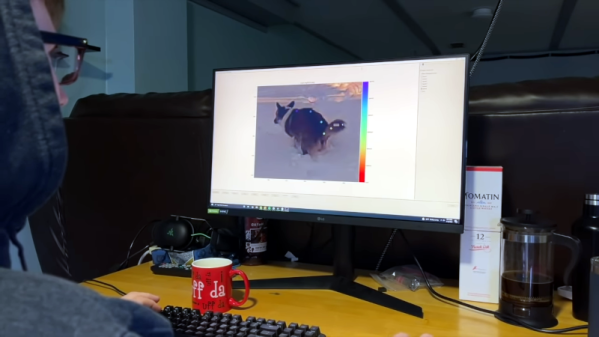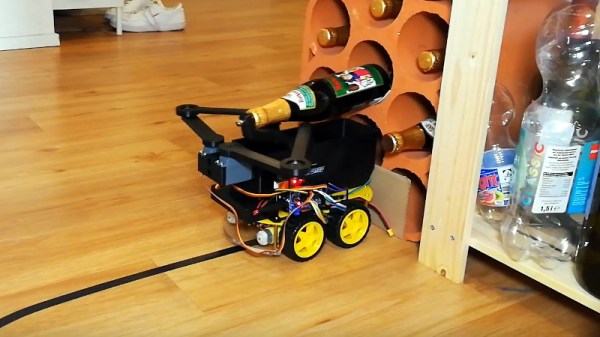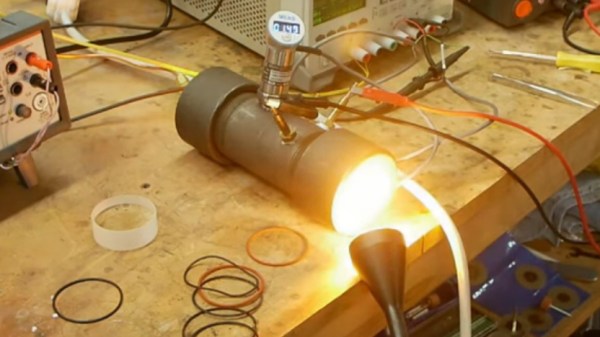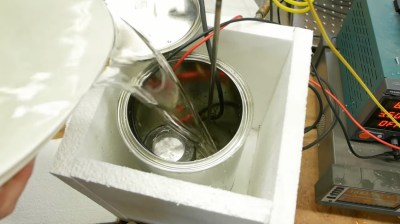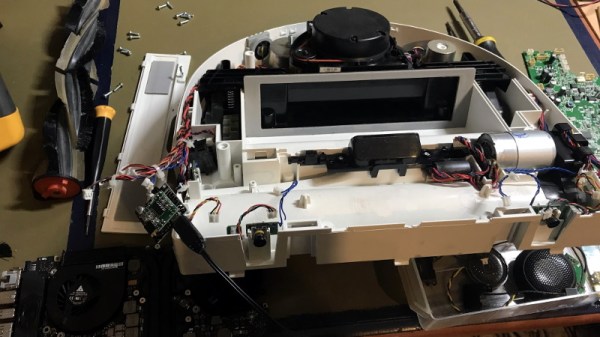It’s March, which means Keysight is back in the business of giving away a ton of test gear. Keysight University Live starts on March 15, with daily events the first week followed by a string of weekly live events through April. We always enjoy these Keysight events; sure, they’re clearly intended to sell more gear, but the demos and tutorials are great, and we always learn a lot. There’s also a feeling of community that feels similar to the Hackaday community; just a bunch of electronics nerds getting together to learn and share. If you’re interested in that community, or even if you’re just looking for a chance to win something from the $300,000 pile of goodies, you’ll need to register.
There’s another event coming up that you’ll want to know about: the 2021 Open Hardware Summit. Because 2021 is the new 2020, the summit is being held virtually again, this year on April 9. Tickets are on sale now, and we’re told there are still plenty of Ada Lovelace Fellowships available to those who consider themselves to be a minority in tech. The Fellowship covers the full cost of a ticket; it usually covers travels costs too, but sadly we’re still not there yet.
Once we do start traveling again, you might need to plan more carefully if cities start following the lead of Petaluma, California and start banning the construction of gas stations. The city, about 40 miles (64 km) north of San Francisco, is believed to be the first city in the United States to ban new gas station construction. The city council’s decision also prevents gas station owners from expanding, reconstructing, or relocating existing gas stations. The idea is to create incentives to move toward non-fossil fuel stations, like electric vehicle charging stations and hydrogen fueling. Time will tell how well that works out.
Go home Roomba — you’re drunk. That could be what Roomba owners are saying after an update semi-bricked certain models of the robotic vacuum cleaners. Owners noted a variety of behaviors, like wandering around in circles, bumping into furniture, and inability to make its way back to base for charging. There’s even a timelapse on reddit of a Roomba flailing about pathetically in a suspiciously large and empty room. The drunken analogy only goes so far, though, since we haven’t seen any reports of a Roomba barfing up the contents of its dust bin. But we’re still holding out hope.
And finally, if you’re not exactly astronaut material but still covet a trip to space, you might luck out courtesy of Japanese billionaire Yusaku Maezawa. He’s offering to pay the way for eight people from around the world on a planned flight to the Moon and back in 2023. Apparently, Maezawa bought up all the seats for the flight back in 2018 with the intention of flying a group of artists to space. His thinking has changed, though, and now he’s opening up the chance to serve as ballast join the crew to pretty much any rando on the planet. Giving away rides on Starship might be a harder sell after this week’s test, but we’re sure he’ll find plenty of takers. And to be honest, we wish the effort well — the age of routine civilian space travel can’t come soon enough for us.

